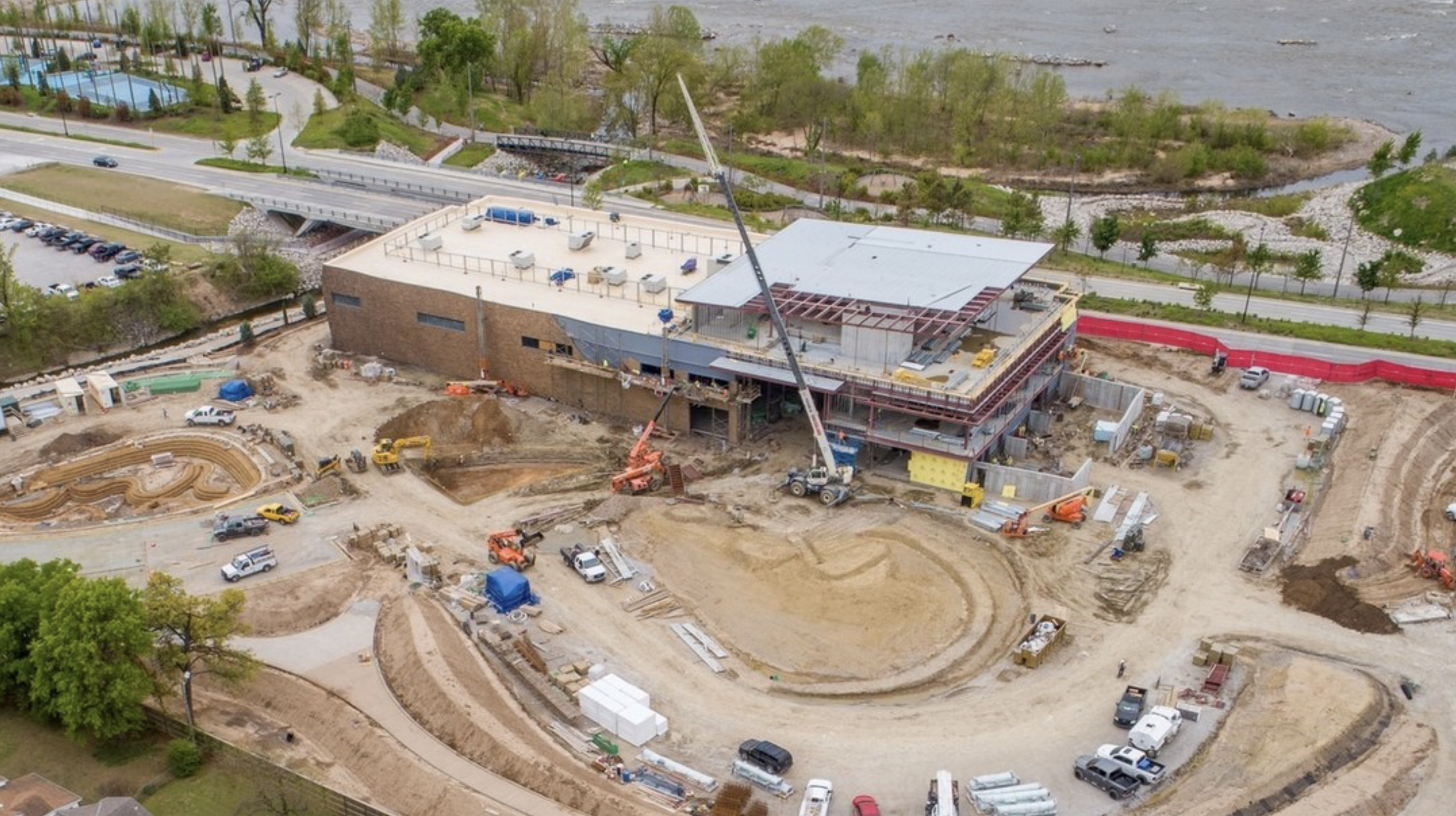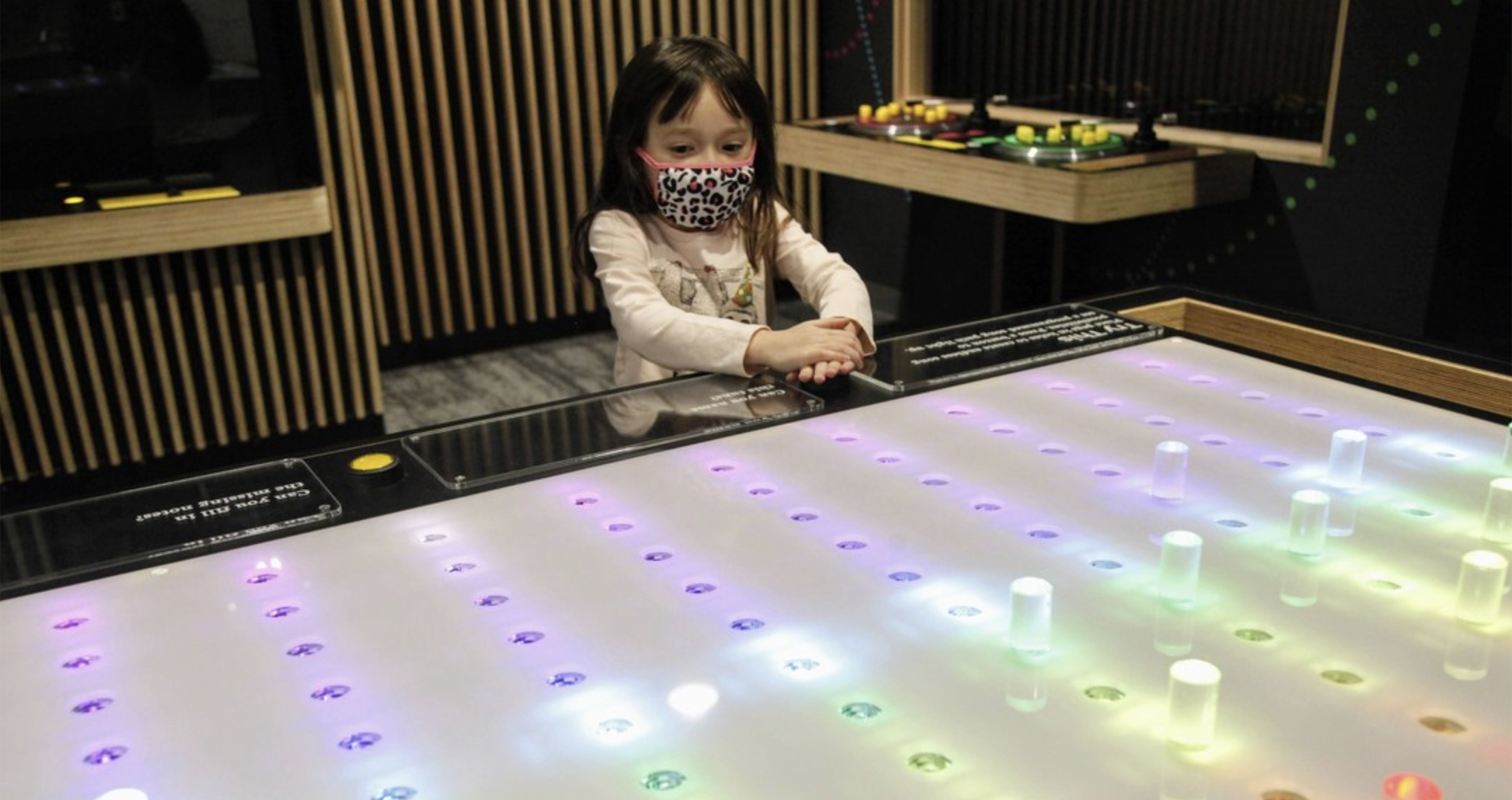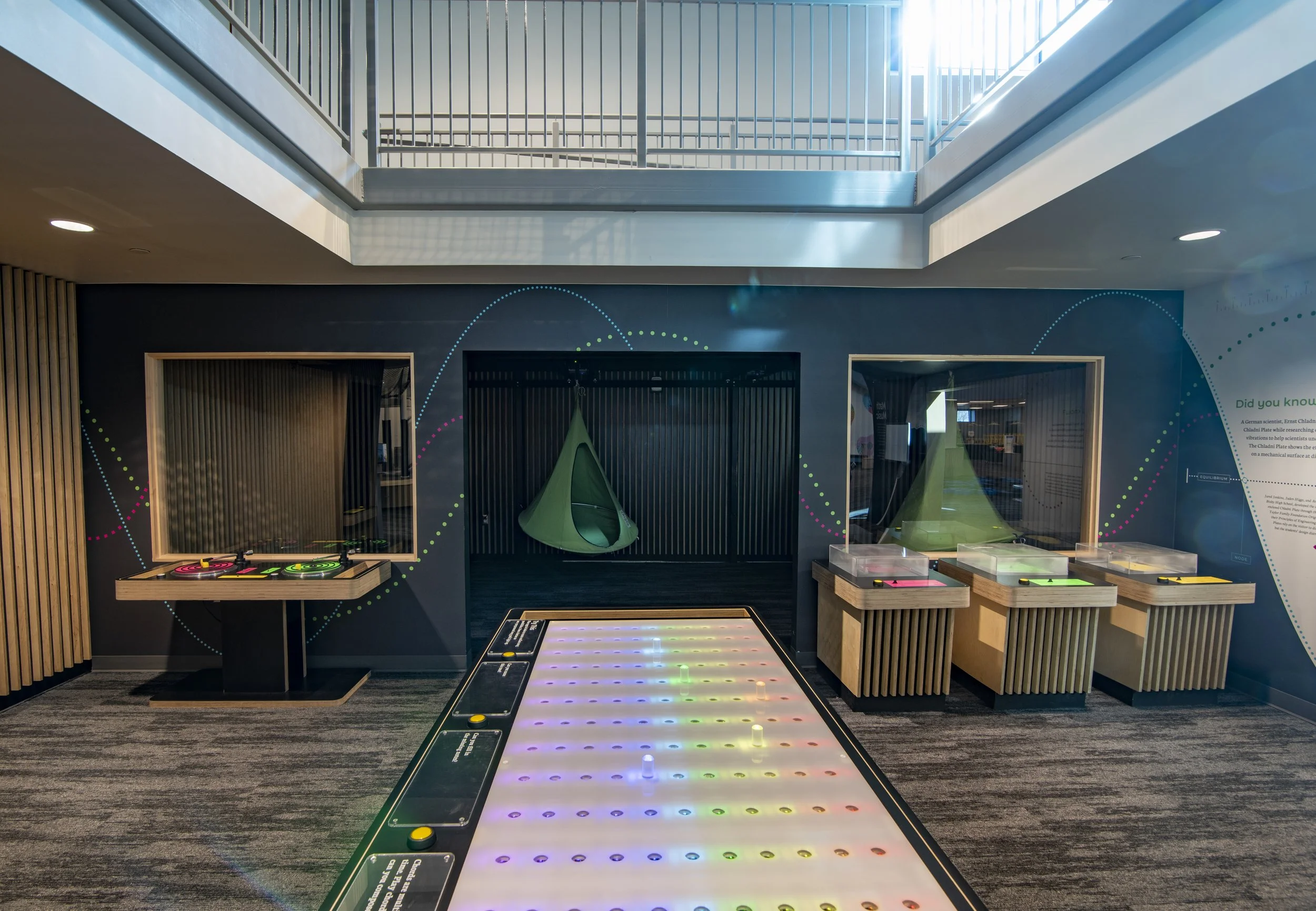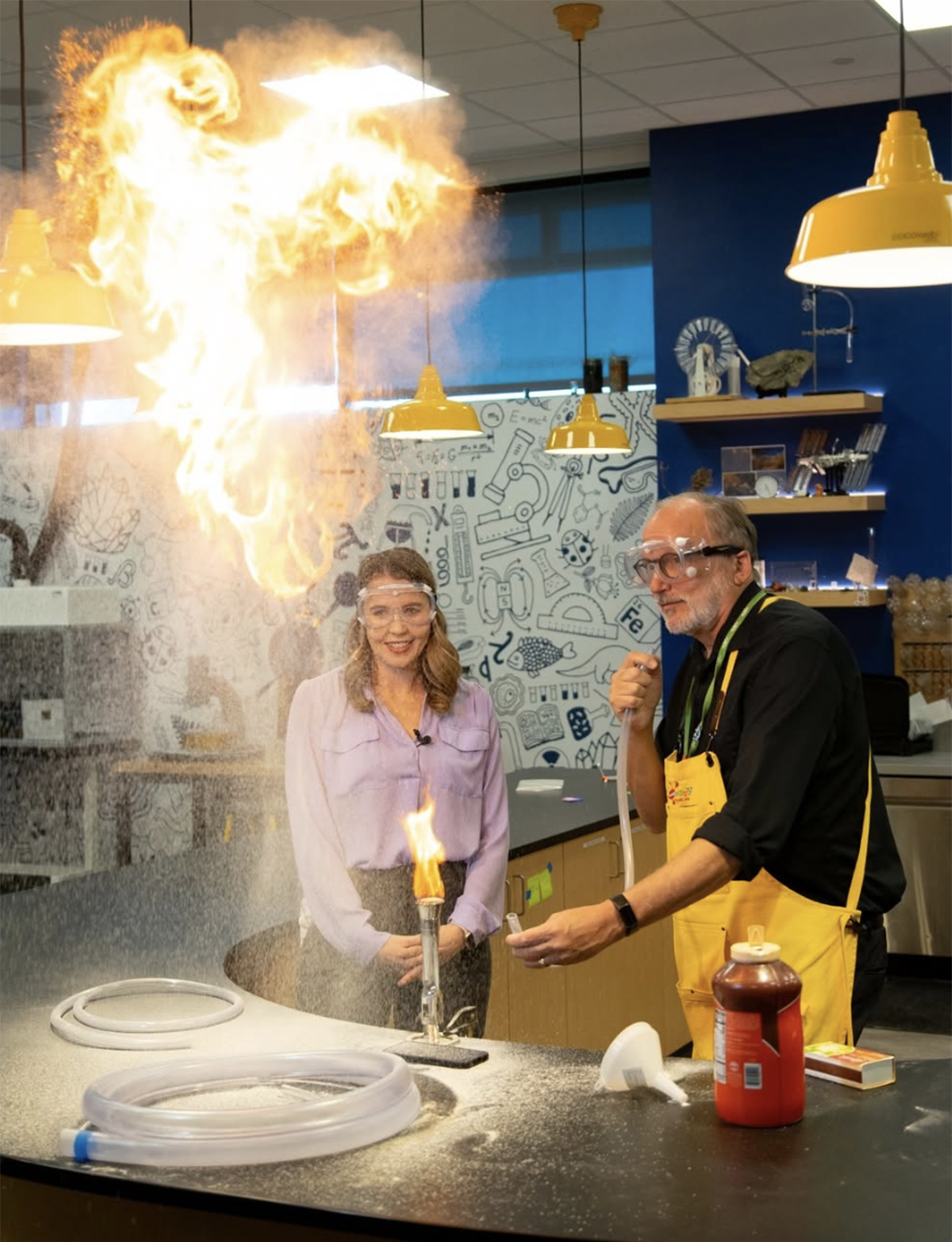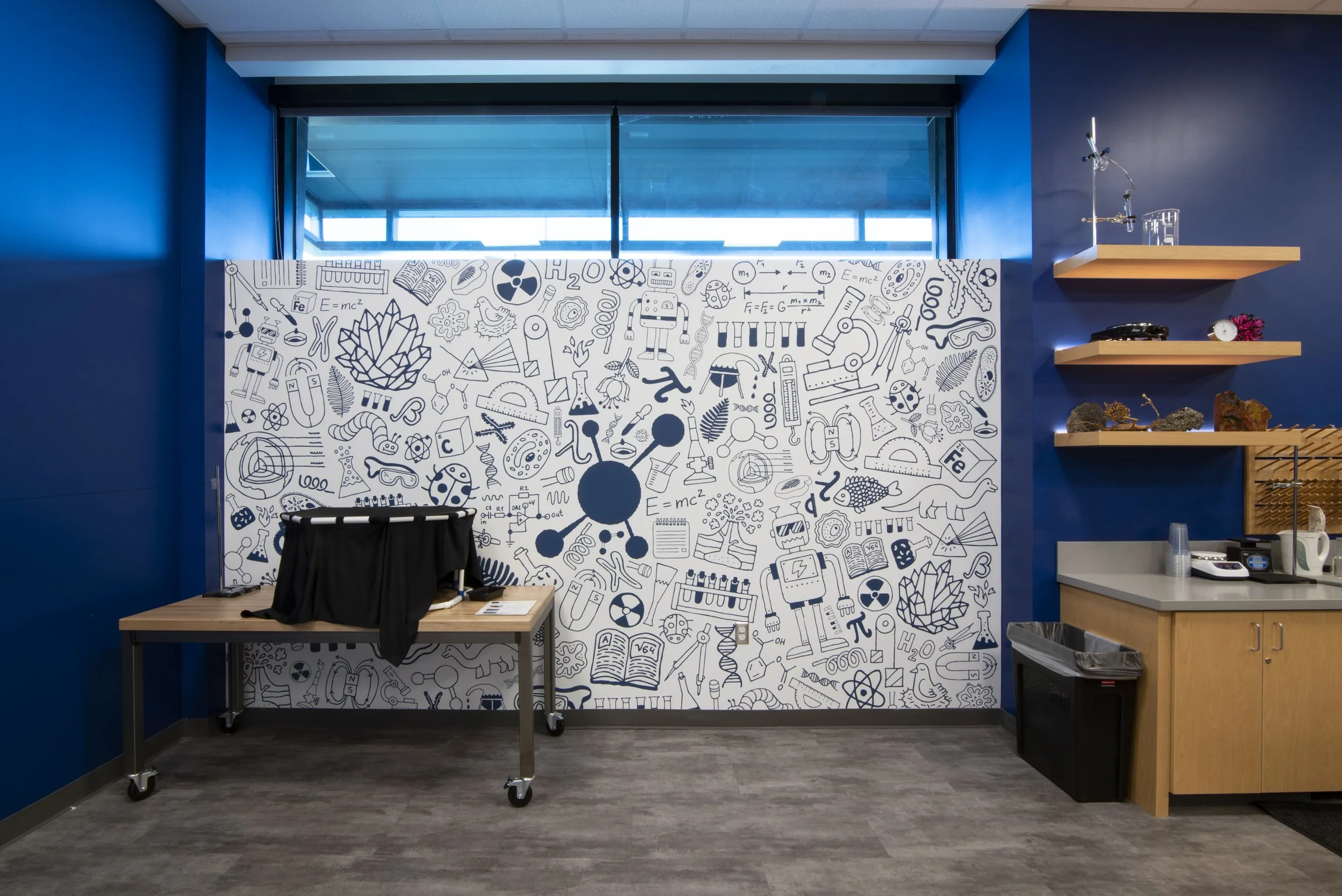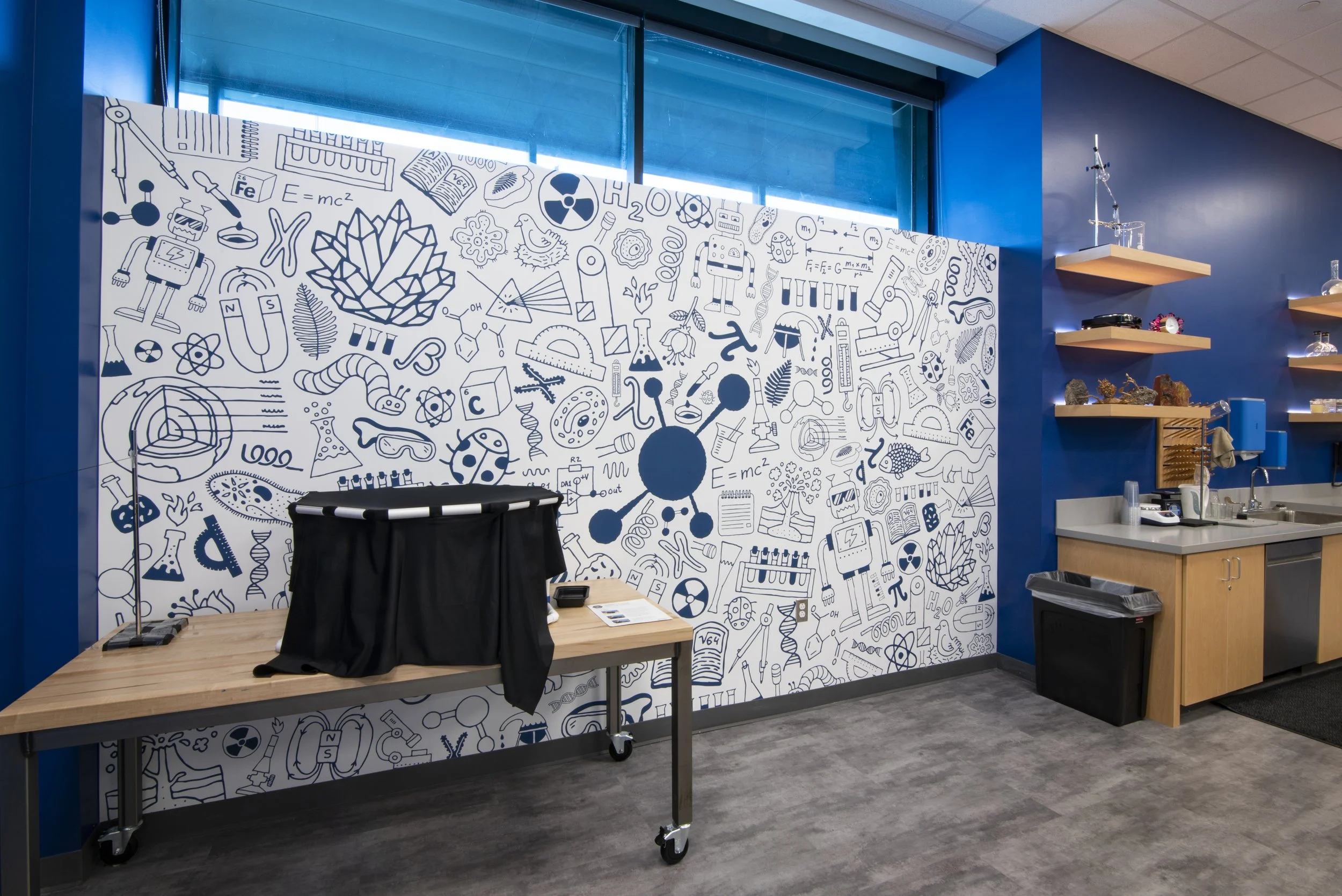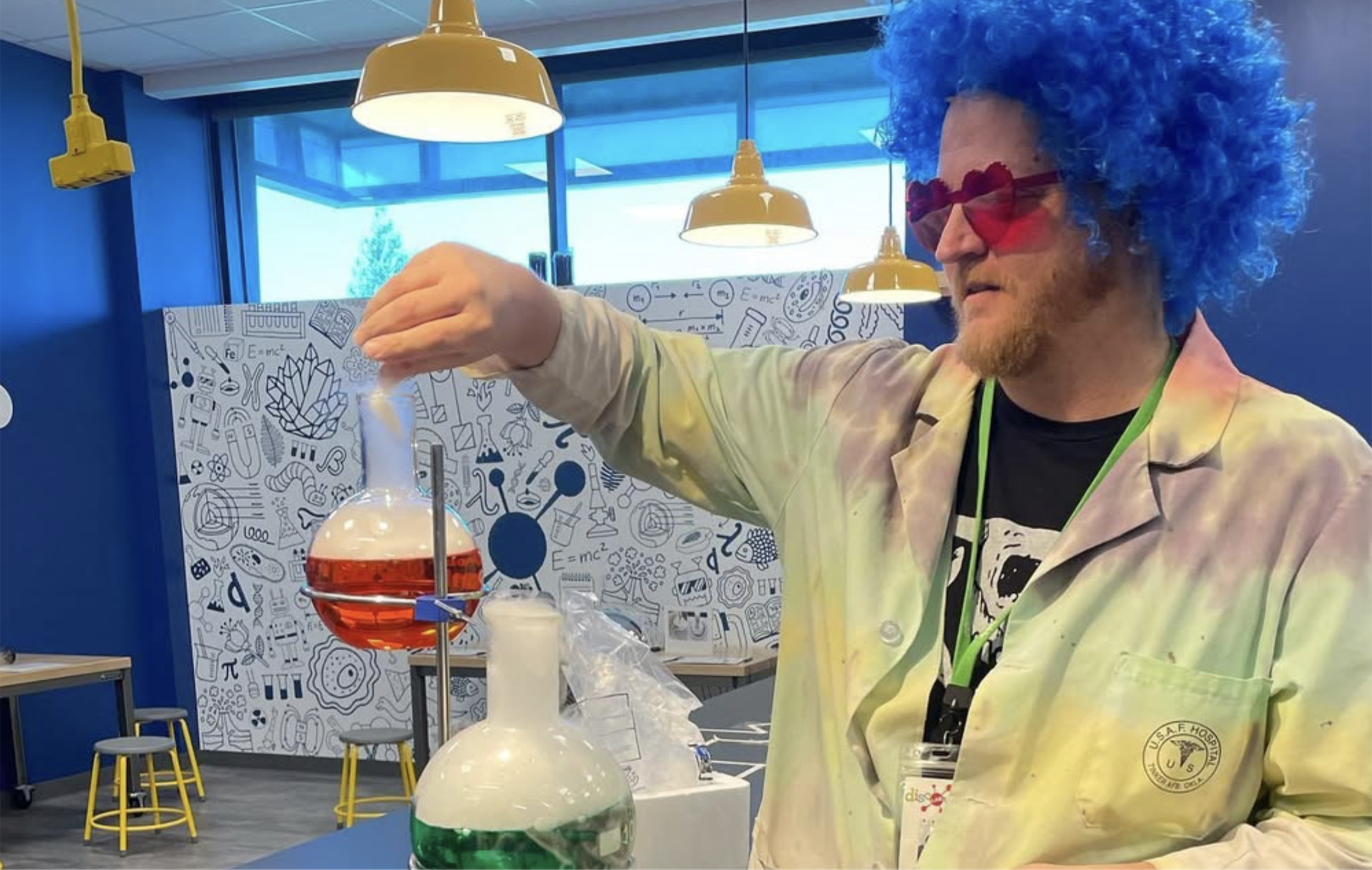Branding multiple exhibit spaces for a bold new chapter in Tulsa's cultural scene
In 2021, Discovery Lab (Tulsa Children’s Museum) moved from a small, tucked-away space into a remarkable new building located at Tulsa’s most ambitious development: The Gathering Place. The new spot would become home to multiple interactive exhibits that would educate and delight.
To support the big move, Discovery Lab brought me in to help creatively direct three key exhibit environments: Math + Music, Hydrolab, and the Science Lab. Even though they were distinct in topic and vibe, each of these spaces shared a common goal: make complex ideas approachable and spark curiosity through fun environmental design.





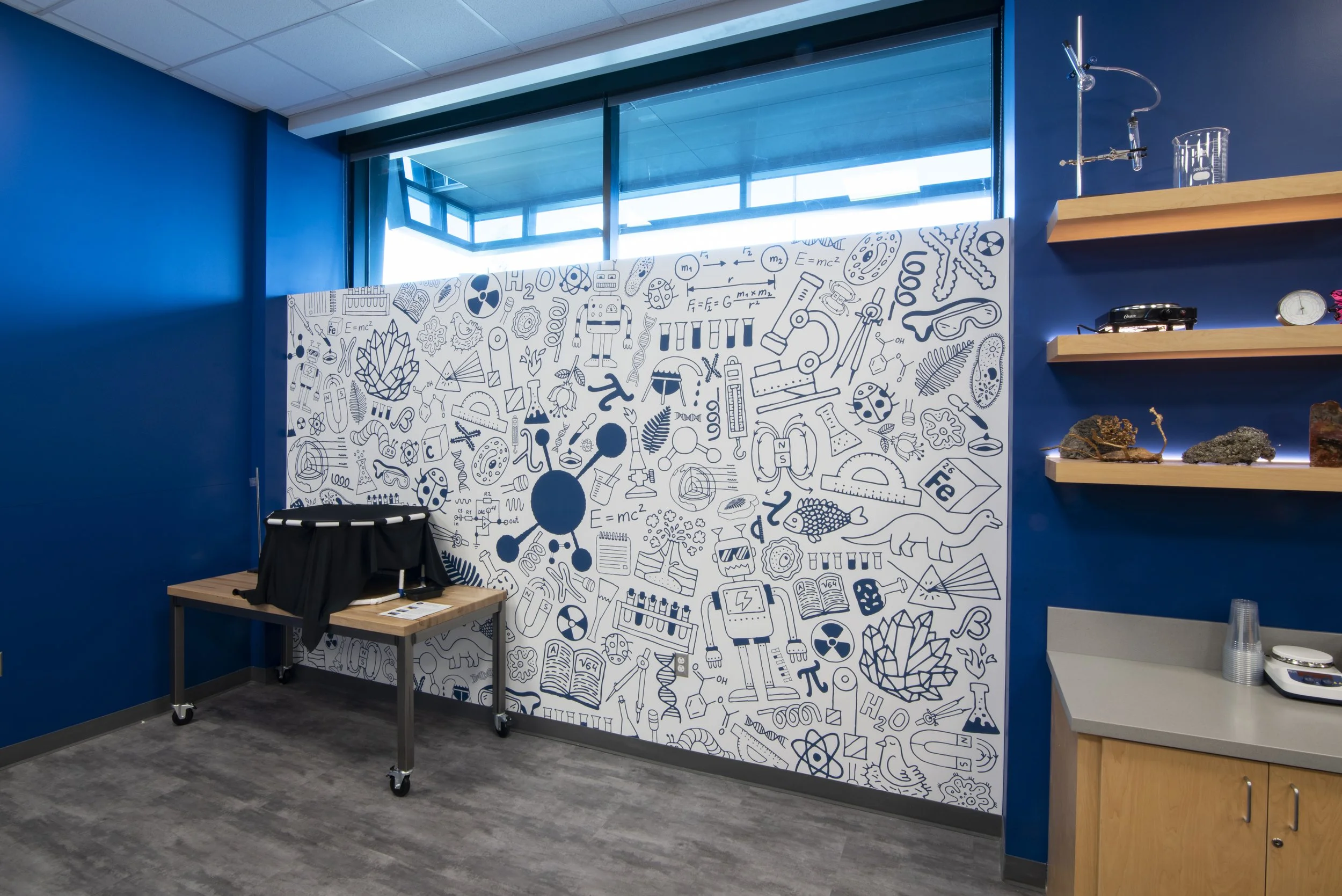

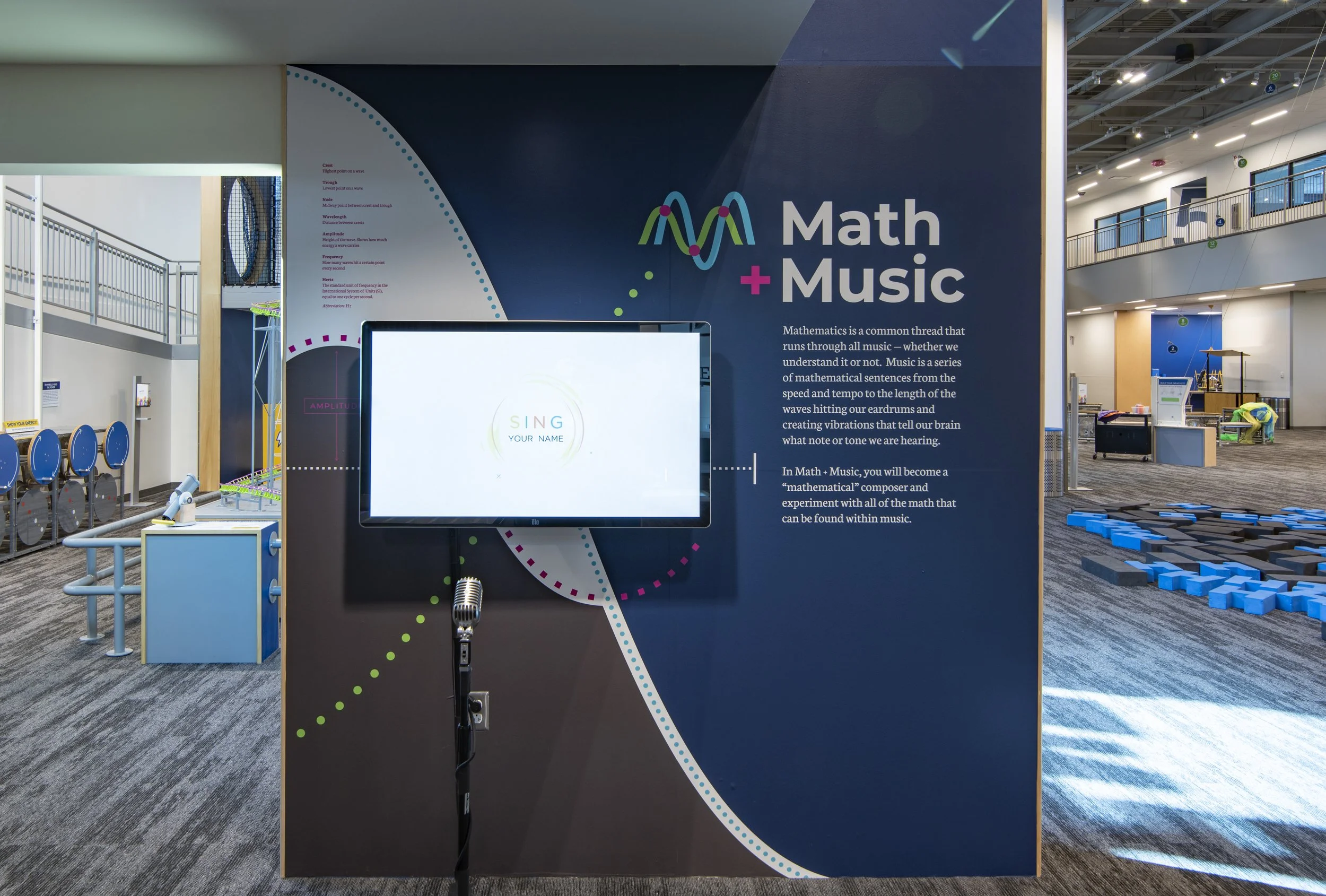


Designing for discovery
Discovery Lab’s grand opening wasn’t just a relocation. Moving into a new, high-profile building meant higher visibility, new audiences, and the pressure to stand out alongside a world-class park. Each exhibit needed to feel fresh, fun, and rooted in educational value.
At the time, the building was still under construction, which made the design process an exercise in adaptability. Without final measurements or fully built spaces, we had to concept and prepare designs that could flex as needed. I collaborated closely with their Director of Exhibits and Exhibits Manager to ensure every visual touchpoint, from wall murals to instructional signage, aligned with the architecture and fabrication constraints.
Three exhibits, three approaches
Math + Music was a multi-station exhibit designed around sound, frequency, and pattern. I approached it like a brand system, with a custom identity anchored by waveforms and a "MM" logomark that visually doubled as intersecting sound waves.
To keep the exhibit playful and informative, labeled wave graphics, subtle easter eggs, and a custom type system were integrated to ensure clarity in all signage. The exhibit’s Chladni Plates (metal plates that form mesmerizing patterns when vibrated) inspired a graphic pattern library that became a great asset for the brand system.
In Hydrolab, water and movement take center stage. While this exhibit’s visuals are more fabrication-driven, I contributed key wall graphics, an advanced organizer (exhibit description panel), and a modular system of illustrated assets. The design supported the visual vibe of the fabrication team's installations.
The Science Lab isn’t a formal exhibit, it’s a designated open-play lab space for experiments and learning. I created a bold, illustrative wall mural to bring energy and texture to the back of the space. The goal here was to create something fun and relevant without overwhelming the flexibility of the room.
A repeatable process, not just a one-off
This project marked the beginning of a larger system and codified process I’ve since used for other Discovery Lab exhibits. Rather than start with aesthetics, I approached each space as a branding challenge. What was the "spirit" of the space? What did the team want visitors to feel and take away? From there, I developed visuals and systems tailored to each topic that balanced visual fun with educational clarity.
I also conducted my own research into the exhibit themes to make sure any visual references or diagrams were correct and respectful of the science. This allowed me to include subtle moments of insight and delight into the design. Easter eggs for curious minds, whether they noticed them or not.
A strong start, and a clearer path forward
The exhibits launched successfully and served as the main experiences for Discovery Lab’s debut in its new space. These exhibits remain in place and have been central to the museum’s earned media, fundraising, and public engagement during and after opening.
More importantly, this project kicked off a lasting creative relationship. Since then, I’ve developed additional identities for Discovery Lab’s traveling exhibits, like Riders Ready and the upcoming Cyber Spy, as well as an unfunded concept called Nature’s Engineering.
The project clarified how I approach exhibit design: as creative direction and brand thinking applied to immersive spaces. It taught me how to build systems that are flexible, scalable, and collaborative (even when the building doesn’t exist yet). And it reminded me that the best design doesn’t steal the spotlight, it supports the experience.



